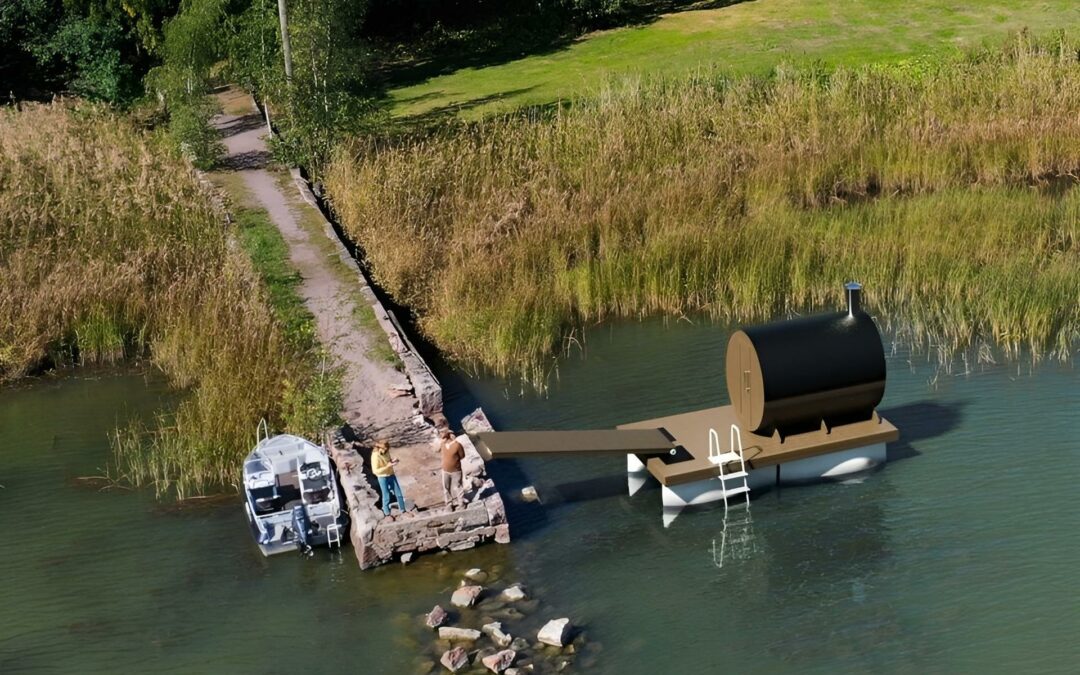


Slentech DZK humidity and temperature transmitter
The Slentech DZK transmitter has a modular design with high accuracy that is easy to install. The probe and transmitter can be used in any combination, making them suitable for multiple installation situations and applications.
The plug-in probes provide quick and easy exchange with no interruption in the measuring process. Only a single screw is required to close it securely.
The integrated HX processor uses the values for relative humidity and temperature to calculate the dew point, enthalpy, mixing ratio, absolute humidity or wet bulb temperature. Depending on customer preferences, any two of these values can be captured at two analog outputs using standardised signals.
The output variables can be freely configured via the USB port. The transmitter is automatically registered in Windows via the USB cable after connecting to the PC. No drivers are required.
The physical measuring values and analog output scaling can be changed based on the measured sizes of relative humidity and temperature. All temperature values can be displayed in degrees Fahrenheit or Celsius. The sensor is powered via USB for configuration — no power supply unit is required.
A typical application of the DZK series sensor can be for use in a smokehouse, where the sensor features a replaceable probe, making maintenance easy for all staff.
The probe withstands temperatures of up to 125°C, offers IP65 protection with a PTFE-coated filter, is washdown-resistant and includes a 25 m cable for extended reach.

“Like a phoenix from the ashes”: These massive wind turbine blades transform into funky floating docks, reshaping waterfront landscapes
IN A NUTSHELL 🌿 Reverlast creatively repurposes old wind turbine blades into stylish floating docks, reducing environmental waste. 🔄 The process utilizes the durable fiberglass shell of the blades, which are sealed for buoyancy, offering a sustainable alternative to traditional materials. 💧 Each prototype dock prevents approximately 2.6 tons of carbon dioxide emissions, underscoring the […]
The post “Like a phoenix from the ashes”: These massive wind turbine blades transform into funky floating docks, reshaping waterfront landscapes appeared first on Sustainability Times.

In Vivid Reliquaries, Stan Squirewell Layers Anonymous Portraits and Patterned Textiles
Through intimate, mixed-media collages, Stan Squirewell excavates the stories of those who might otherwise be lost in anonymity.
Do stories and artists like this matter to you? Become a Colossal Member today and support independent arts publishing for as little as $7 per month. The article In Vivid Reliquaries, Stan Squirewell Layers Anonymous Portraits and Patterned Textiles appeared first on Colossal.

Land water loss causes sea level rise in 21st century
An international team of scientists, led jointly by The University of Melbourne and Seoul National University, has found global water storage on land has plummeted since the start of the 21st century, overtaking glacier melt as the leading cause of sea level rise and measurably shifting the Earth’s pole of rotation.
Published in Science, the research combined global soil moisture data estimated by the European Centre for Medium-Range Weather Forecast (ECMWF) Reanalysis v5 (ERA5), global mean sea level measurements and observations of Earth’s pole movement in order to estimate changes in terrestrial (land) water storage (TWS) from 1979 to 2016.
“The study raises critical questions about the main drivers of declining water storage on land and whether global lands will continue to become drier,” University of Melbourne author Professor Dongryeol Ryu said.
“Water constantly cycles between land and oceans, but the current rate of water loss from land is outpacing its replenishment. This is potentially irreversible because it’s unlikely this trend will reverse if global temperatures and evaporative demand continue to rise at their current rates. Without substantial changes in climate patterns, the imbalance in the water cycle is likely to persist, leading to a net loss of water from land to oceans over time.”
Between 2000 and 2002, soil moisture decreased by around 1614 gigatonnes (1 Gt equals 1 km3 of water) — nearly double Greenland’s ice loss of about 900 Gt in 2002–2006. From 2003 to 2016, soil moisture depletion continued, with an additional 1009 Gt lost.
Soil moisture had not recovered as of 2021, with little likelihood of recovery under present climate conditions. The authors say this decline is corroborated by independent observations of global mean sea level rise (~4.4 mm) and Earth’s polar shift (~45 cm in 2003–2012).
Water loss was most pronounced across East and Central Asia, Central Africa, and North and South America. In Australia, the growing depletion has impacted parts of Western Australia and south-eastern Australia, including western Victoria, although the Northern Territory and Queensland saw a small replenishment of soil moisture.
Image credit: iStock.com/ZU_09
